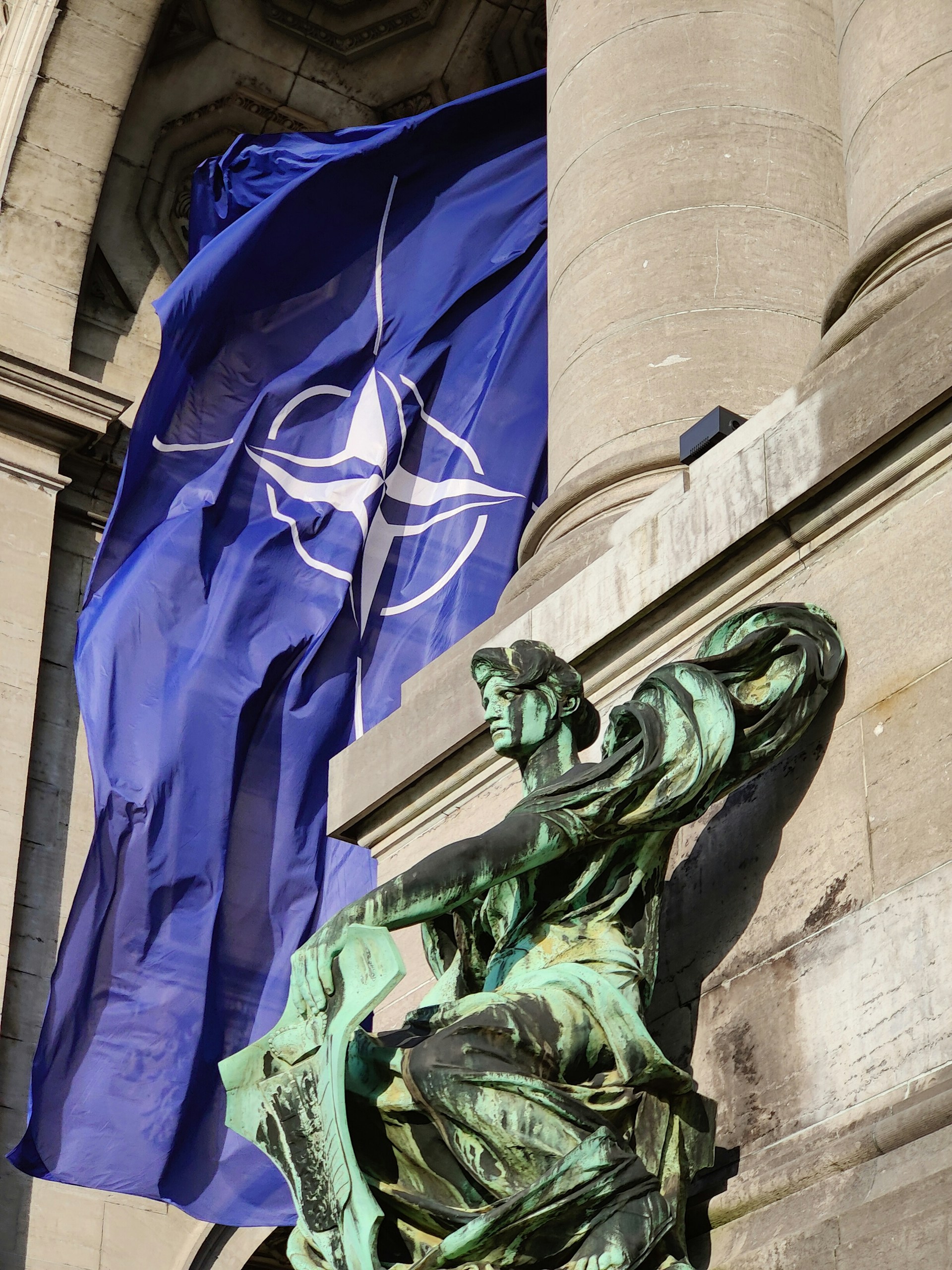.svg)



In his first letter of the COP presidency, Ambassador André Corrêa do Lago cited peace as a key value to take into COP30 in November. This was a timely signal. Across today’s headlines, filled with conflict, climate catastrophes, slashed aid budgets and economic instability, the connection between peace and material resources is starker than ever before. Amid these crises, the role of natural resources in both fueling and resolving conflict is gaining renewed attention. Therefore, can a shift to a circular economy help us build resilience and foster peace in a resource-constrained world?
According to the UNDP, at least 40% of civil wars since 1950 have been linked to natural resources, underscoring how environmental factors can drive conflicts between social groups. The World Bank forecasts that by 2050, climate-induced migration may displace over 200 million people, intensifying existing security risks. At the same time, the push for green transitions, through renewable energy technologies, digital infrastructures and the desire to break energy dependency on a few geo-political powers has triggered an unprecedented global race for critical raw materials, many of which are located in conflict-prone regions. Most materials needed for wind turbines, electric vehicles, and batteries are found in ecologically sensitive and politically unstable regions, such as the Democratic Republic of the Congo, Afghanistan, Myanmar, and parts of South America.
In the background, the post-World War II peace framework is slowly unravelling. Where trade and international cooperation in Europe once served as pillars of peace, we are now watching these systems fraying. The ongoing conflicts, global trade disruptions, threats of trade wars, and rising authoritarianism signal a shift. They signal a move away from the “elusive peace dividend”: the mutually reinforcing interest of nations to maintain peace through trade and cooperation over resources. Instead, we’re witnessing a new era, one where supply chains are weaponised, there’s a rising competition over resources, and vulnerable states risk being dragged into deeper cycles of exploitation and instability. Now is a time to build resilience: transforming how communities respond to climate devastation and resilience insecurity by unlocking new possibilities.
The circular economy proposes a shift from a global economy based on one-way resource extraction, the ‘linear economy’, to economies and value chains in which resources and ecological systems are regenerated. Circular strategies like repair, remanufacturing, and recycling not only cut emissions (70% of which are tied to material use) but also reduce dependency on volatile global supply chains.
This topic was highlighted for the first time at the World Circular Economy Forum in Brussels in April 2024, where experts explored how circularity could contribute to peacebuilding and resilience. Yet, despite its potential, the link between the circular economy and international peace remains poorly understood and under-researched. Representing an opportunity and responsibility.
So, how can the circular economy contribute to global stability or help build resilience in fragile states?
Long promoted for its potential to reduce waste and emissions, it is now time to also look at the circular economy through the lens of peacebuilding and resilience, harnessing its potential for reimagining economies and justice through fair access. This could address power imbalances and the problems of poverty and underdevelopment, especially in countries that have historically given their resources to the service of others’ development.
One clear example is the long-standing dispute between Tajikistan and Uzbekistan over the Rogun Dam, which began construction in 1991 and limited water flow from Tajikistan’s Vakhsh River to its downstream neighbour. With support from the World Bank and IDA, Uzbekistan adopted large-scale water-saving technologies, expanding efficient irrigation from 28.000 to one million hectares by 2018. These circular solutions reduced Uzbekistan’s water dependency, enabled Tajikistan’s hydropower efforts, and eased tensions. This success has inspired broader initiatives like the World Bank’s Water in Circular Economy and Resilience Initiative (WICER).
Together with expert partners and local stakeholders, we aim to answer questions like: How can circular strategies empower communities economically and build local resilience in post-conflict or fragile areas? Do resource loops reduce dependency on fragile global supply chains? How do circular approaches align with traditional peace dividends and inclusive development to decrease existing socio-economic inequalities?
Now is the time for development actors to integrate circular principles into resilience and peacebuilding efforts, examine how material use, waste, and resource dependencies drive conflict and support community-led reuse, repair, and recycling. Cross-sector partnerships are also key to building an interdisciplinary field that links peacebuilding, the circular economy, supply chain resilience, and climate adaptation.
As COP30 approaches, we urge governments, donors, researchers, and local actors to see the circular economy not just as an environmental solution, but as a peacebuilding strategy. Realising its potential requires intentional investment, redesigned development models, and a rethinking of what peace, justice, and regeneration mean in a resource-scarce world.
We invite partners and supporters globally to help us co-create a new narrative, one in which peace, sustainability, and resilience are not separate goals but interconnected solutions.
